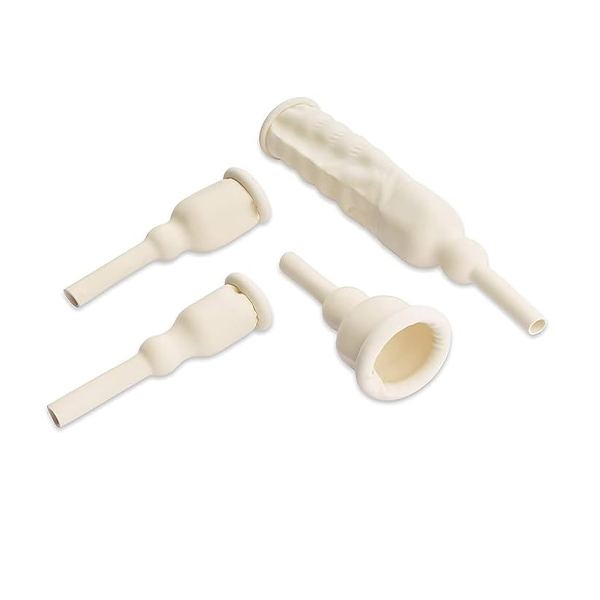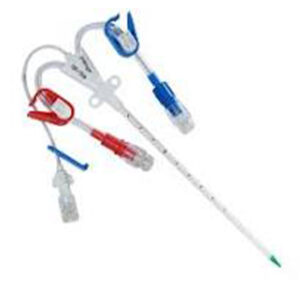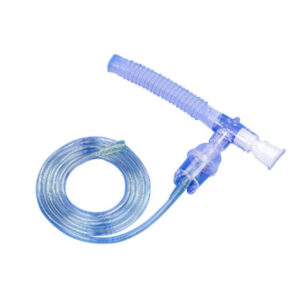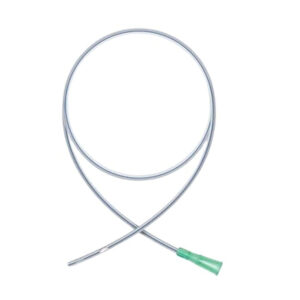External Male Catheter
A male external catheter, also known as a condom catheter, is a non-invasive device used to manage urinary incontinence in men.
Minimum Quantity Order: 500 Unit
Price: Negotiable
Product Enquiry Form
Category Urology
Sharing is caring:-
Description
A male external catheter, also known as a condom catheter, is a non-invasive device used to manage urinary incontinence in men.
Here’s a breakdown of its description:
- Design: It consists of a flexible sheath, similar to a condom, that fits over the penis.
- Materials: Most are made from either latex or silicone. Silicone is a popular choice as it is hypoallergenic and transparent, allowing for easy monitoring of skin health.
- Adhesive: Some catheters have built-in adhesive liners, while others use separate adhesive strips or rolls to secure them.
- Connection to drainage bag: A tube connects the catheter to a drainage bag (leg bag or overnight bag) where urine collects.
- Function: It works by collecting urine as it drains from the bladder and diverting it into the attached collection bag. This offers a less invasive and potentially more comfortable alternative to internal catheters (like Foley catheters).
- Usage: External catheters are typically used for men who have urinary incontinence but whose bladders can still drain urine effectively. They are particularly beneficial for individuals with conditions like overactive bladder, dementia, or mobility issues that make it difficult to reach a restroom in time.
- Benefits: Compared to indwelling catheters, external catheters are less likely to cause urinary tract infections (UTIs). They are also considered more comfortable and easier to manage by many users.
Important Considerations:
-
- Proper sizing is crucial to prevent leakage and skin irritation.
- Good hygiene is essential to reduce the risk of infection and skin irritation.
- External catheters are generally not suitable for individuals with urinary retention (inability to empty the bladder) or bladder outlet obstructions. In these cases, internal catheters may be necessary.





